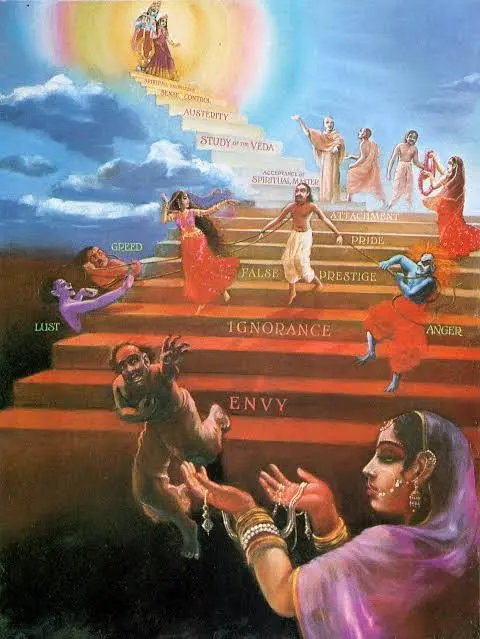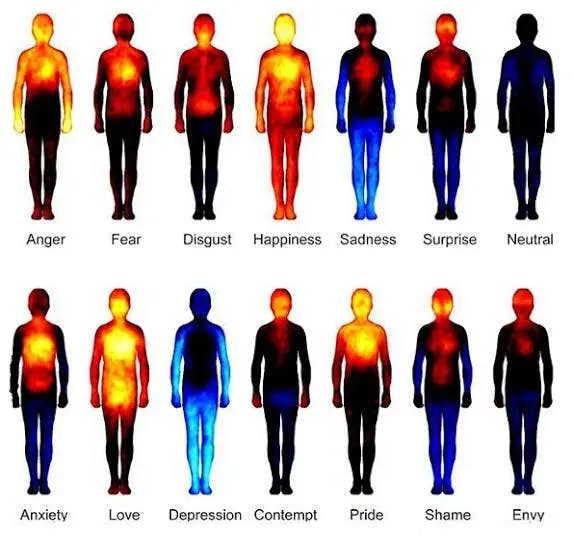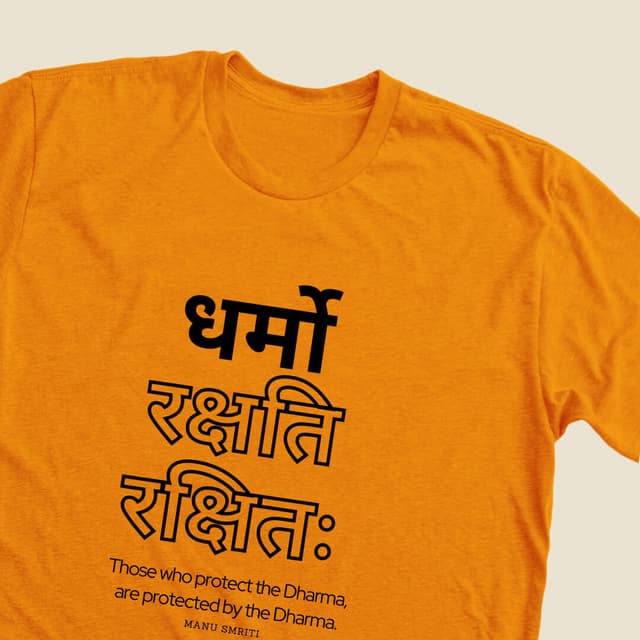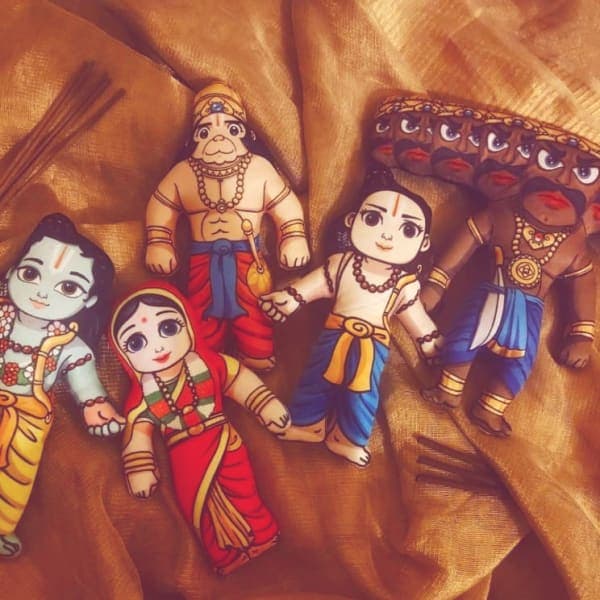How to over come Shadripu/Arishadvargas?
The concept of Shadripus in Sanātana Dharma makes us responsible for our own successes and failures. In the Gitā, Bhagavān Krishna says –
One should uplift oneself by oneself; one should not degrade oneself. Indeed, the mind alone is the friend of oneself, and mind alone is one’s enemy”.
We all are in search of Happiness. Almost everything we do is for this search. Eternal unbounded happiness without a flash of suffering. However, on the path to achieving this happiness, we suffer.
Why will this happen?
We often use the word suffering loosely. we tend to confuse pain for suffering. Let’s attempt to perceive what the source of suffering is, why it arises, and what we will tend to do concerning it. Really it’s the Arishadvargas, the six negative characteristics of the mind: काम; Kama(lust), क्रोध; Krodha (anger), लोभ; Lobh (greed), मोह; Moha (attachment), मद; Mada (pride) and मात्सर्य; Matsarya (jealousy); They are also referred to as the षड्रिपु; Shadripus (the six enemies).
But the major question is where do they come from?

It all begins with the five Kleshas [Afflications or Poisons]. Below is the shloka that describes the five Kleshas in Patanjali’s Yoga sutras.
अविद्यास्मितारागद्वेषाभिनिवेशाः पञ्च क्लेशाः॥३॥
Avidyāsmitārāgadveṣābhiniveśāḥ pañca kleśāḥ.
These 5 kleshas [poisons/afflictions] are bedded on top of each other. A bit like a cake. Avidya [ignorance] the foundation of all, causes Asmita [“I” ness] and leads to Raga and Dveshas [desires], finally inflicting Abhinivesha [fear]. Let’s put it elaborately, mental object concerning ourselves causes the sensation of “I” ness or separateness, which causes us to own likes/dislikes or needs, which finally causes concern about not satisfying these needs. These fears finally result in the Arishadvargas, the six negative characteristics of the mind, that result in suffering.
Now let’s see how we can overcome Shadripus.

...





